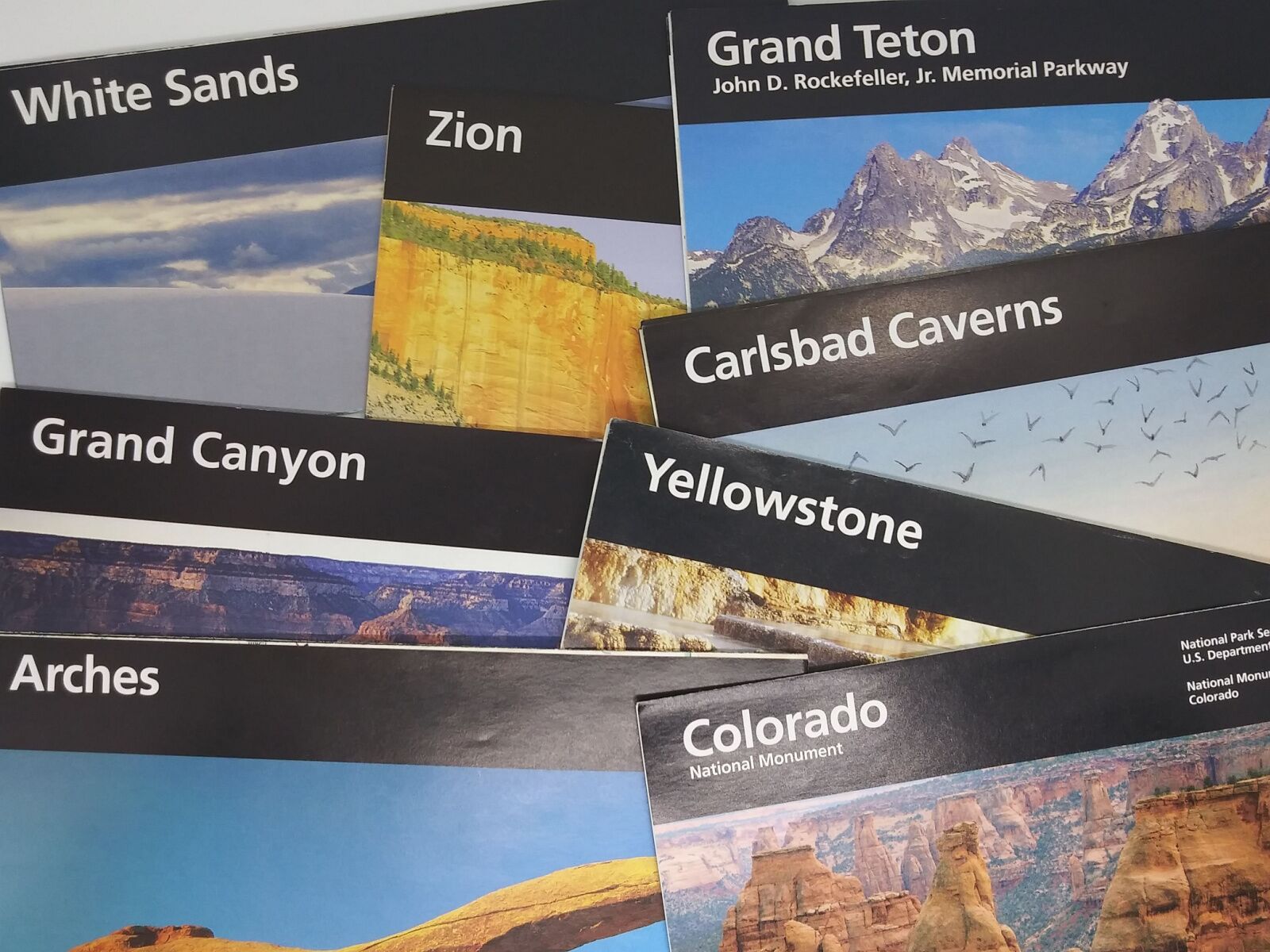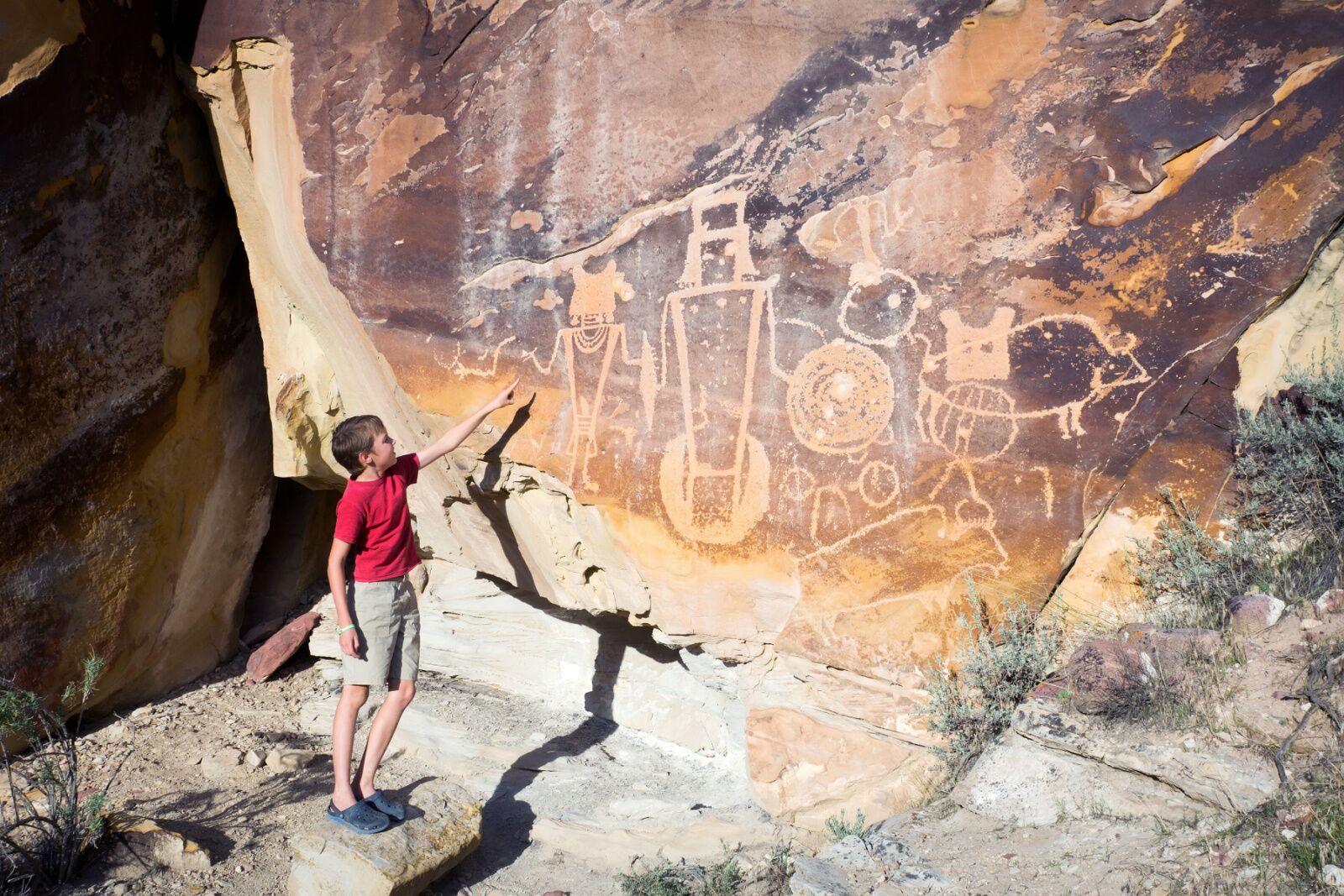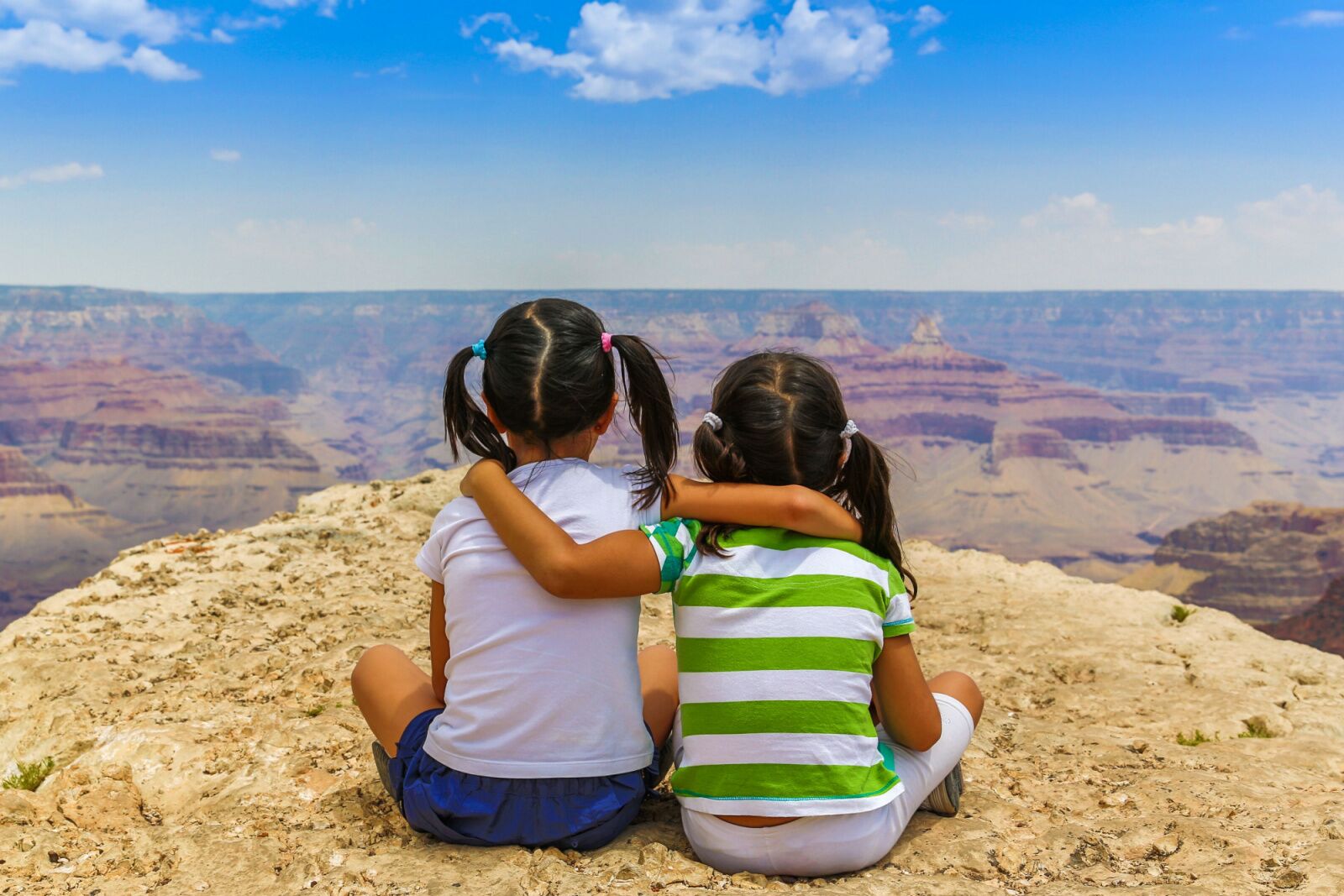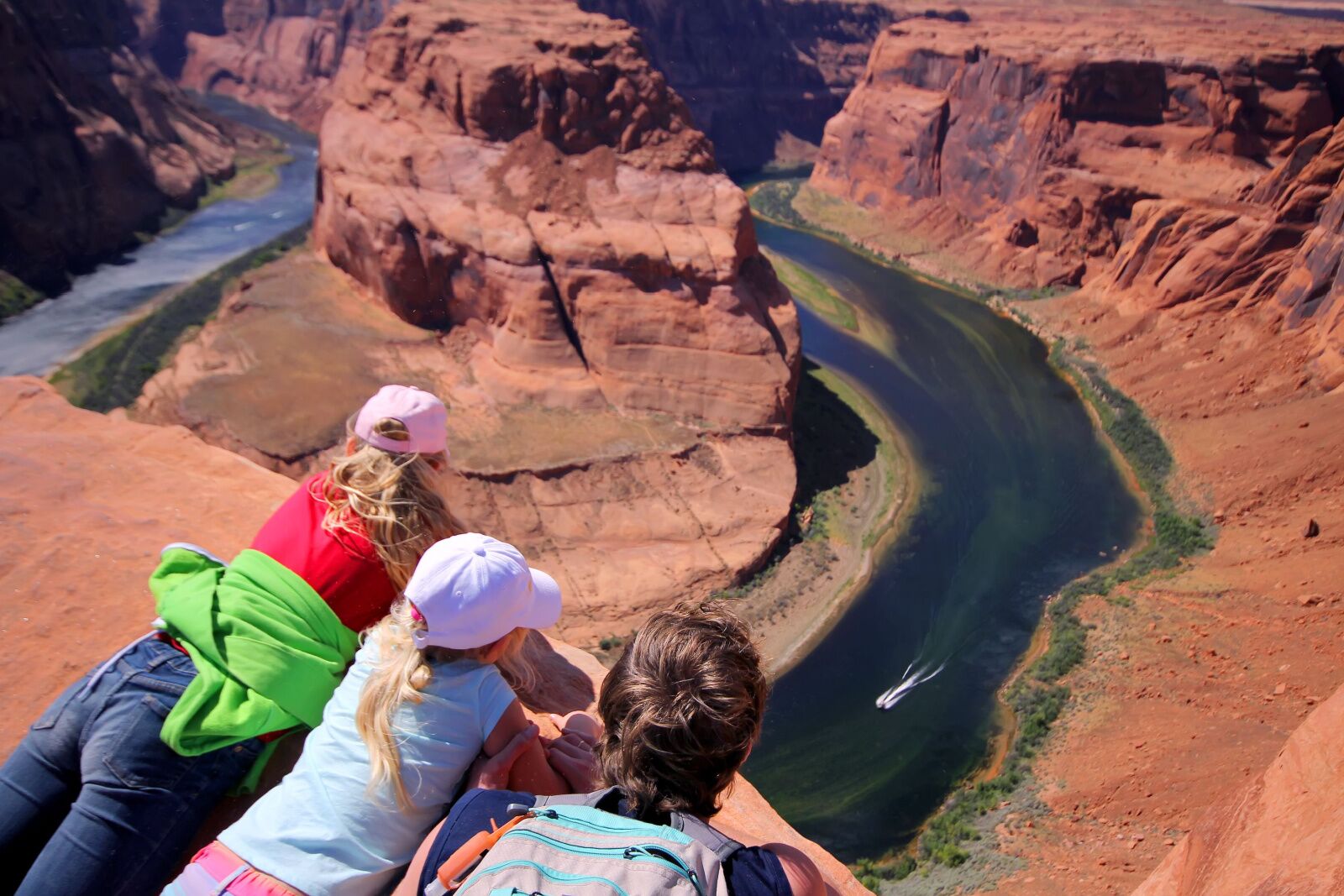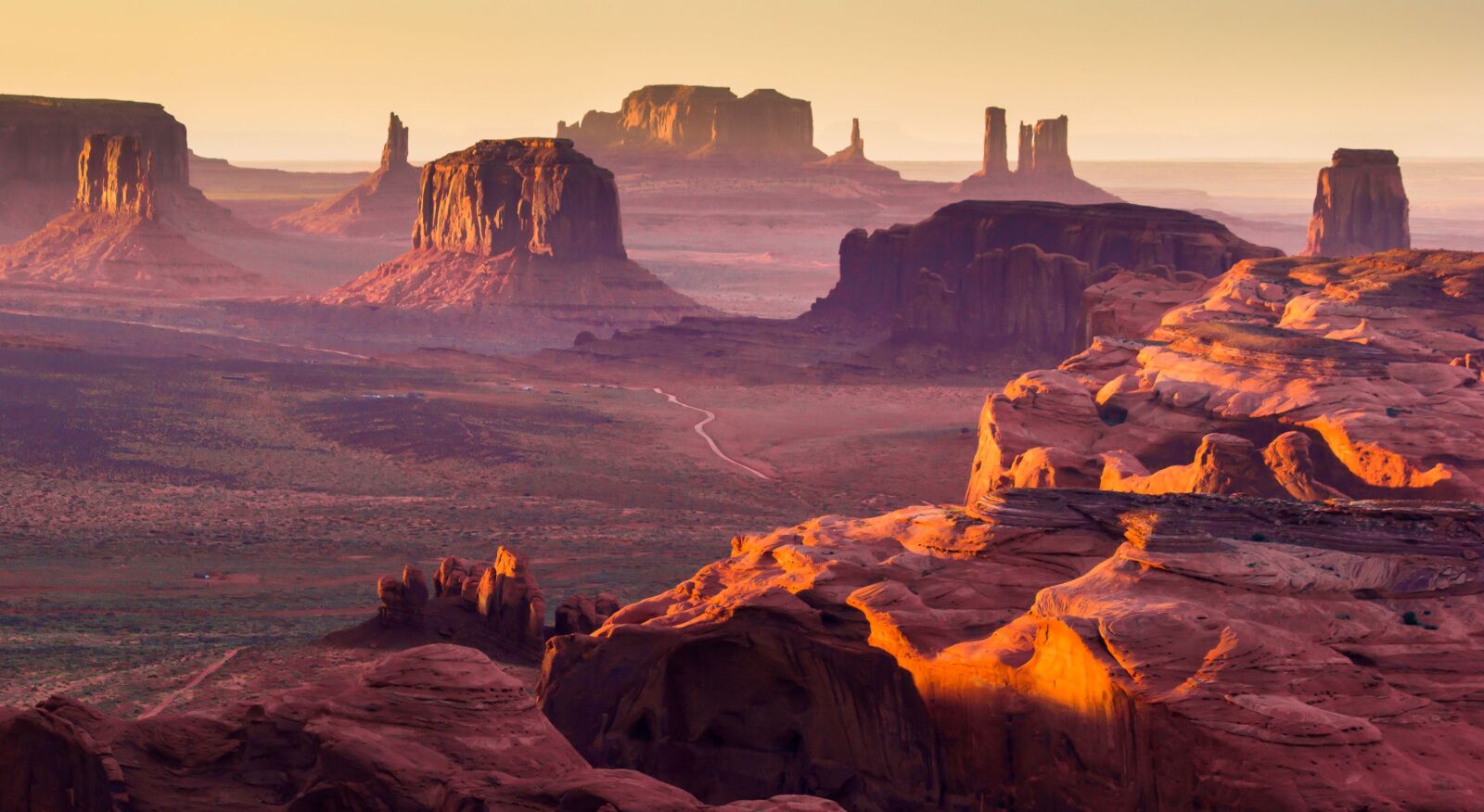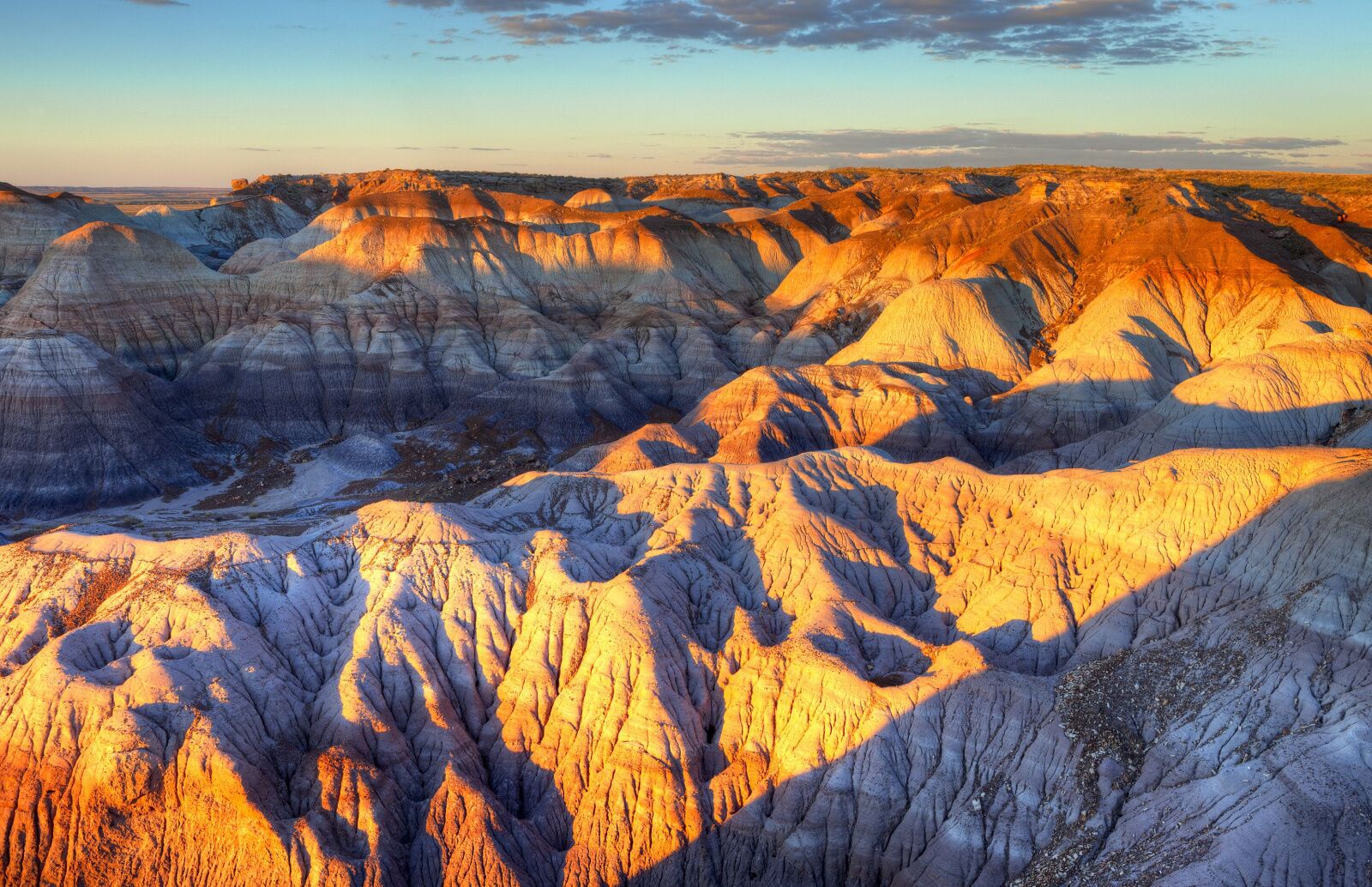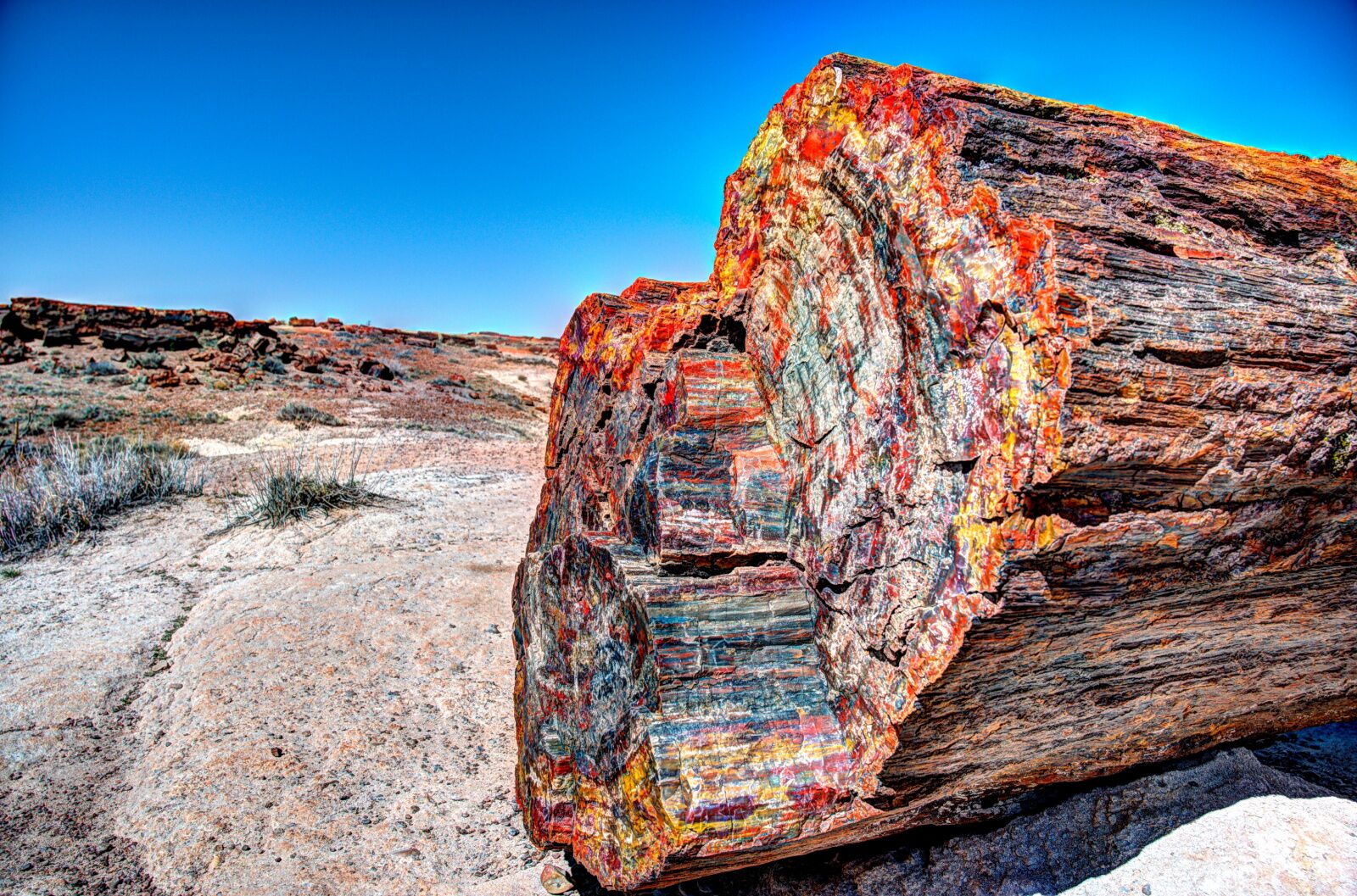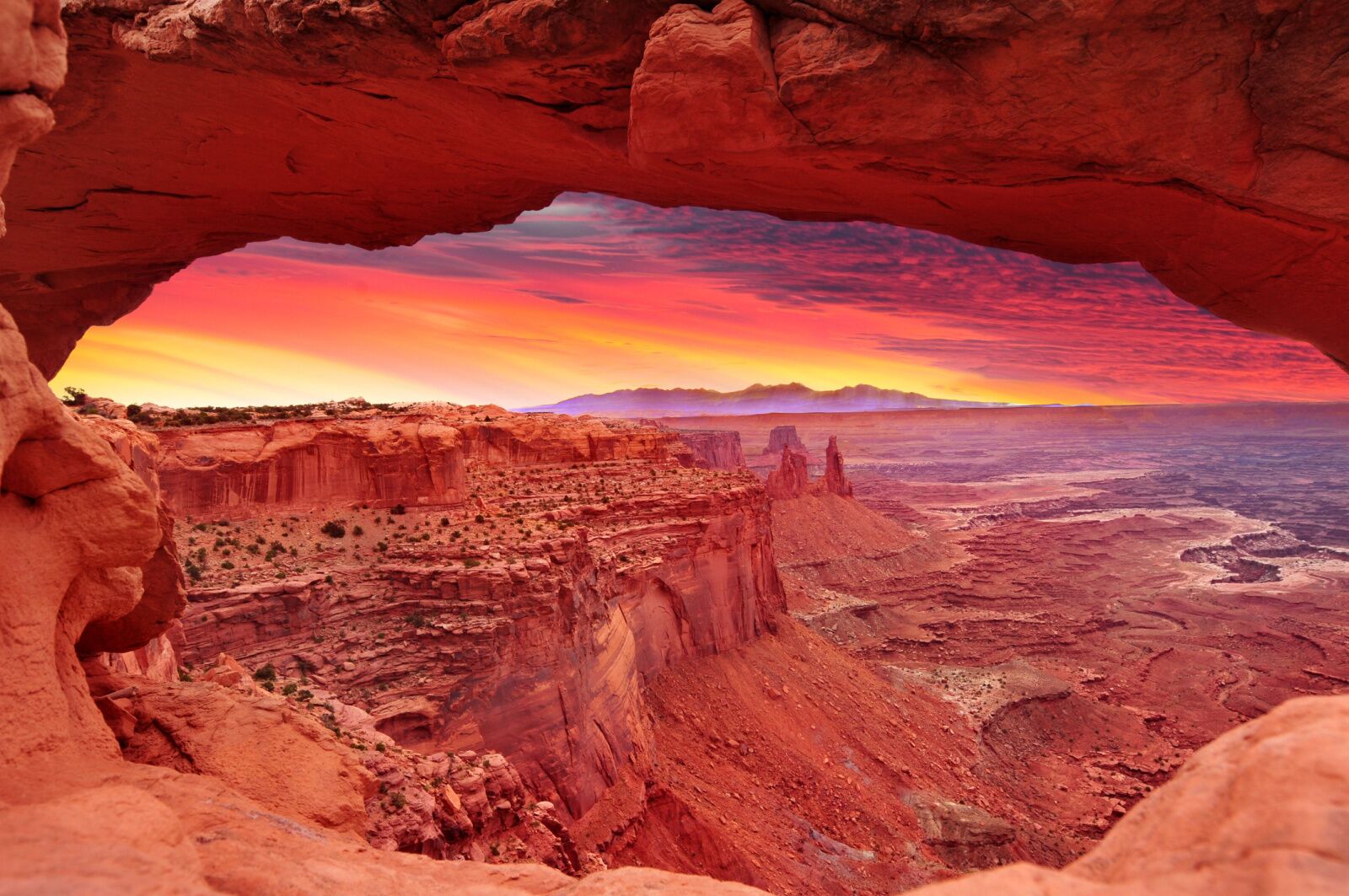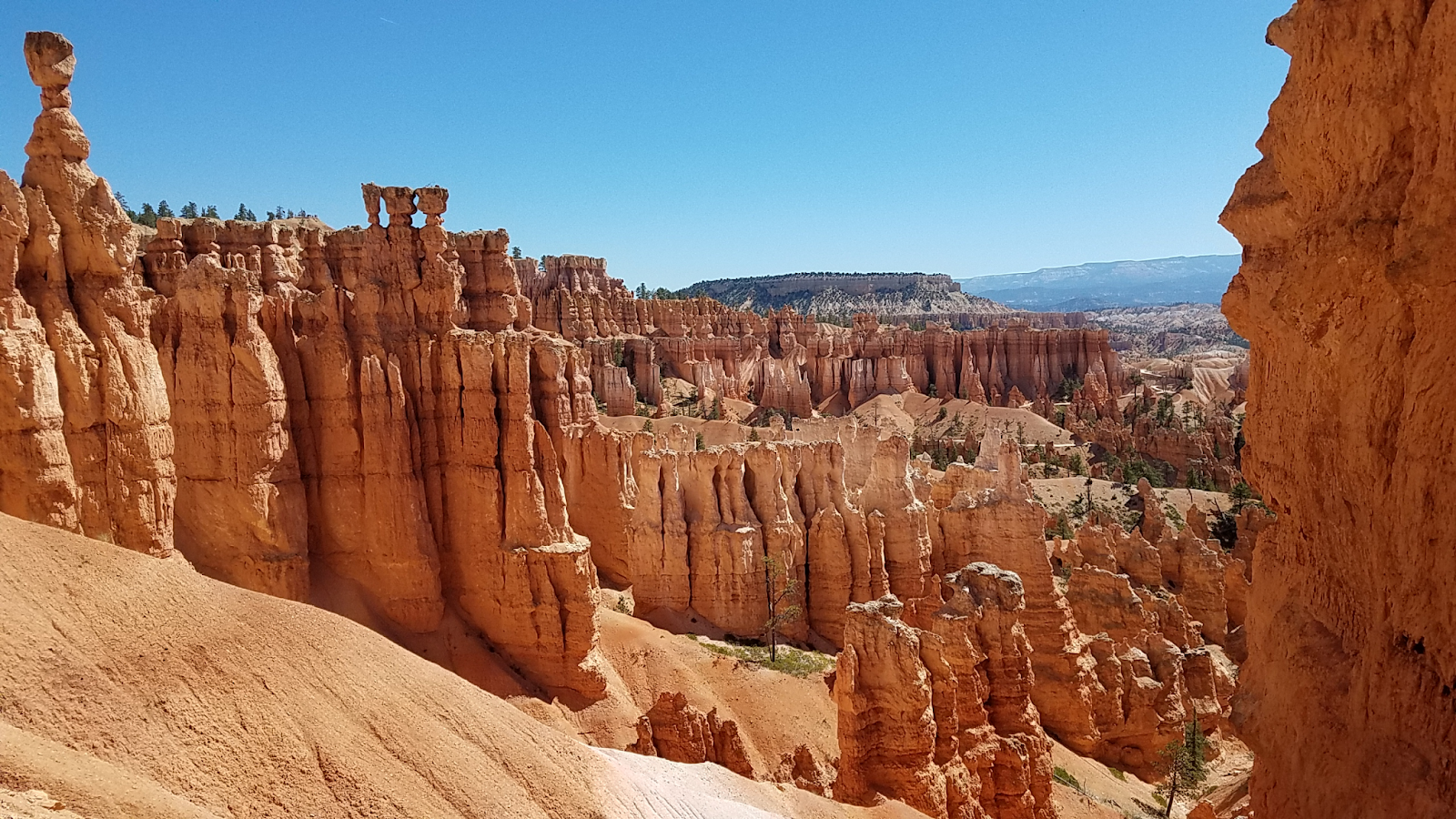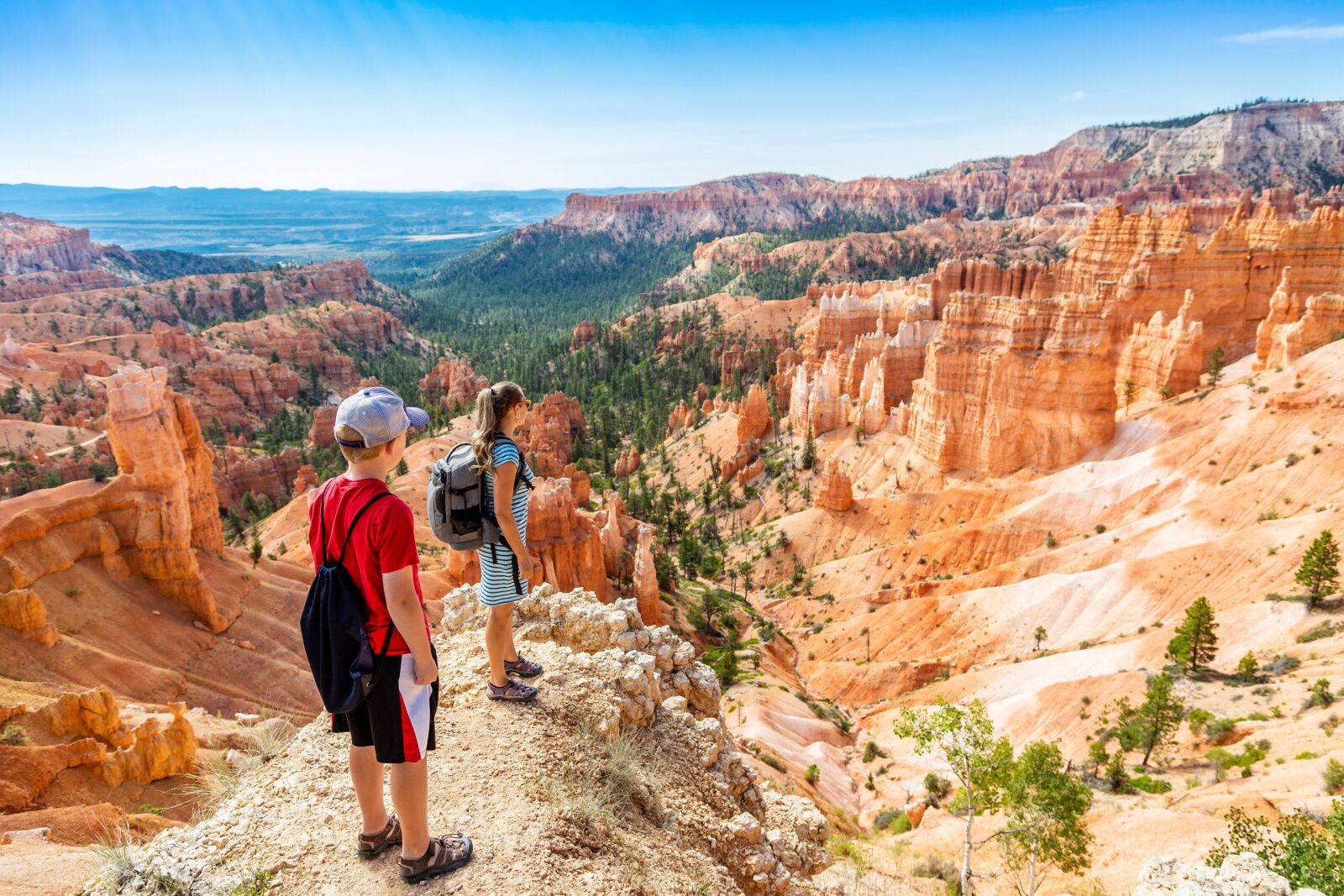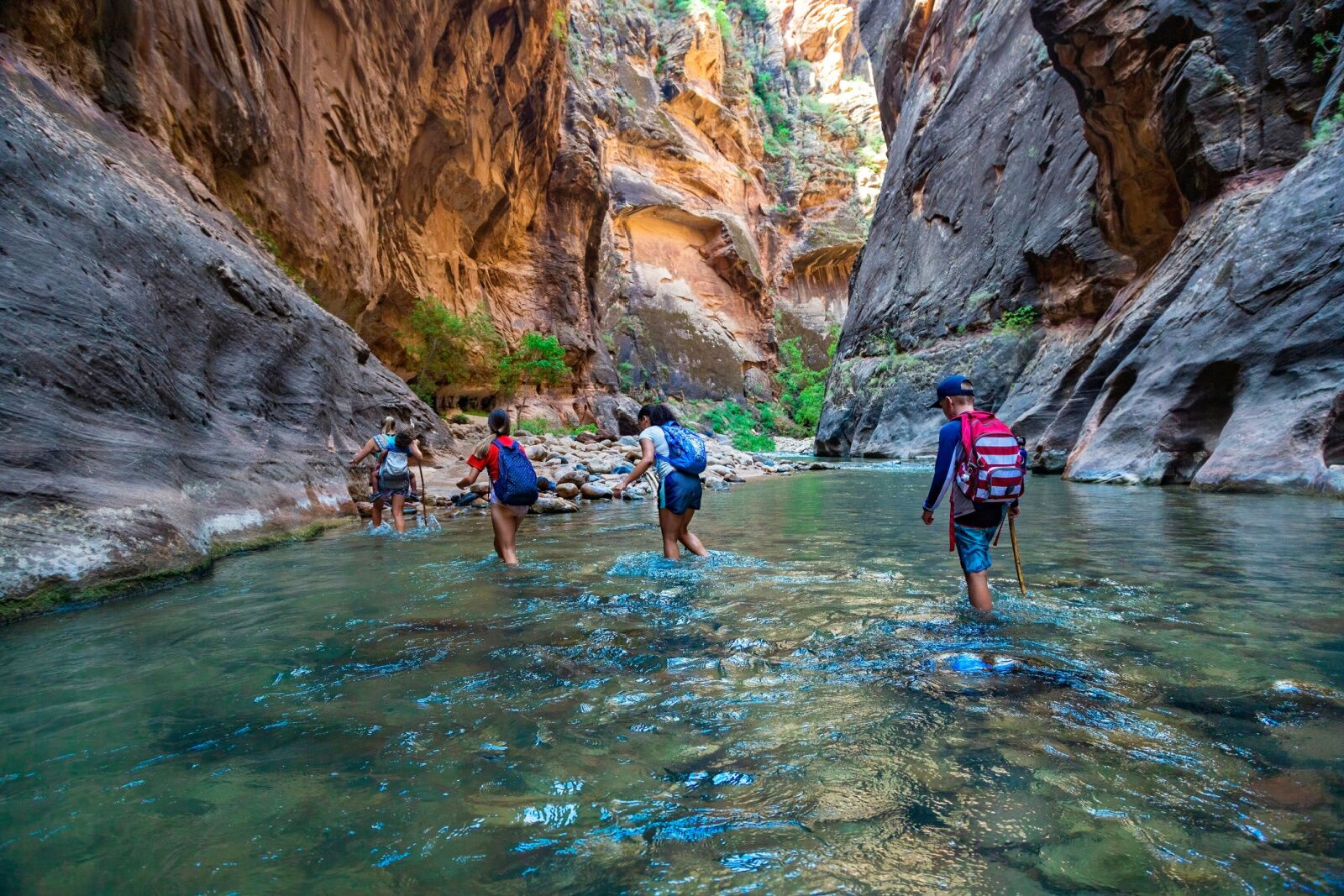Attention all parents of children in the fourth grade: The United States National Park Service offers a free national parks pass to all fourth-grade students.
The Every Kid Outdoors pass, often referred to as the “4th grade national park pass,” provides free access to hundreds of sites managed by the National Park Service. That includes all 63 national parks and another 361 additional sites, like national seashores and national forests. The program started as a collaboration between several federal agencies, including the National Park Service, the US Bureau of Land Management, and the US Fish and Wildlife Service. The goal of the fourth grade national park pass is for students to experience the country’s rich natural resources, eventually mobilizing them to become stewards of the outdoors and public lands as they grow into adults.


